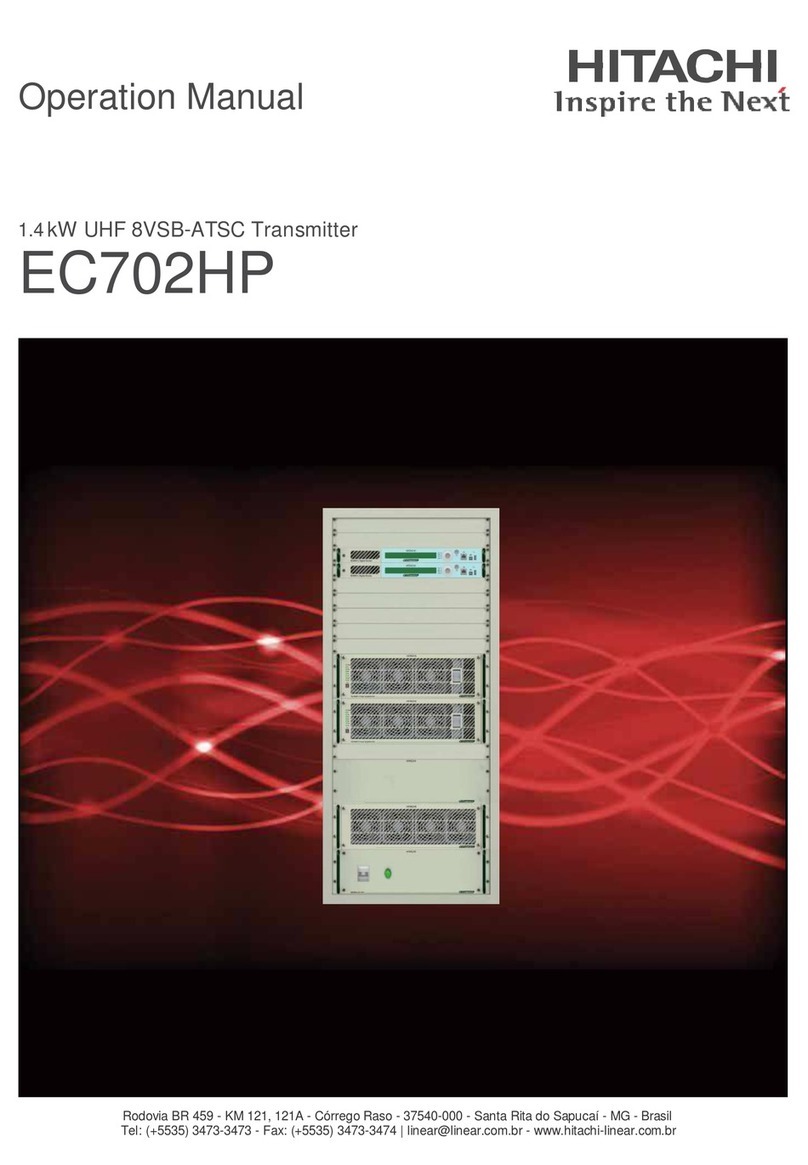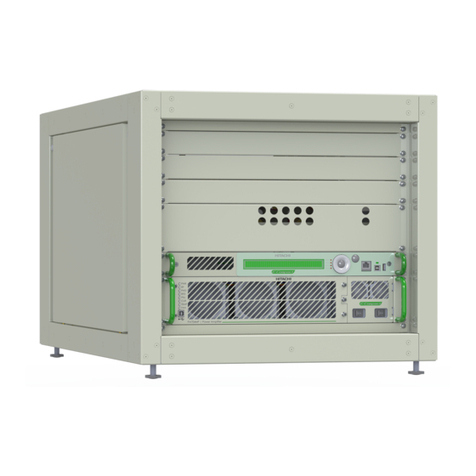
4 | 169
E-Compact HP-BB3 Series
2. Specifications...............................................................................................................................................23
3. Construction.................................................................................................................................................25
3.1. Single drive, Dual drive (optional), and touch screen display (optional).......................................25
3.2. EC701HP-BB3.......................................................................................................................................28
3.3. EC702HP-BB3.......................................................................................................................................30
3.4. EC703HP-BB3.......................................................................................................................................32
3.5. EC704HP-BB3.......................................................................................................................................34
4. Main Modules................................................................................................................................................36
4.1. Control Module CM9001 (MOD GV 40288) .........................................................................................37
4.1.1. RF Input.........................................................................................................................................37
4.1.2. Interfaces ......................................................................................................................................38
4.1.3. Communication ...........................................................................................................................40
1. ........................................................................................................................................................42
4.1.4. CM9001 Communication Schematic for EC701HP-BB3...........................................................42
4.1.5. Display interface...........................................................................................................................44
4.1.6. Equipment featurings ..................................................................................................................46
4.1.7. ALARMS - Front Panel Signaling and Shortcut Keys...............................................................47
4.1.8. System Operation (Display interface) ........................................................................................48
Main Menu > Setup...................................................................................................................................48
> Main Menu > Setup > Power: ...........................................................................................................49
> Main Menu > Setup > Transmitter Setup: .......................................................................................49
> Main Menu > Setup > Time and Date Setup: ..................................................................................49
> Main Menu > Setup > Password Setup:..........................................................................................50
> Main Menu > Setup > Alarms Mask:................................................................................................50
> Main Menu > Setup > Transistor Bias Adjustment:.......................................................................50
> Main Menu > Setup > Temperature: ................................................................................................51
> Main Menu > Setup > Control Mode:...............................................................................................51
Main Menu > Measurements ...................................................................................................................52
> Main Menu > Measurements > Power:............................................................................................52
> Main Menu > Measurements > Exciter Status:...............................................................................52
> Main Menu > Measurements > HPA Drawers:................................................................................53
> Main Menu > Measurements > HPA Drawers > RF Power: .......................................................54
> Main Menu > Measurements > HPA Drawers > Software Version: ..........................................54
> Main Menu > Measurements > HPA Drawers > Power Supply:................................................55
> Main Menu > Measurements > HPA Drawers > Drain Current:.................................................55
> Main Menu > Measurements > HPA Drawers > Temperature:..................................................56
> Main Menu > Measurements > Software:........................................................................................56
> Main Menu > Measurements > Communication Status: ...............................................................56
> Main Menu > Measurements > CM Driver Temp.: ..........................................................................57
Main Menu > System Alarms / Log.........................................................................................................57
> Main Menu > System Alarms/Log > Current Alarms:....................................................................58
> Main Menu > System Alarms/Log > Alarms/Log:...........................................................................58
> Main Menu > System Alarms/Log > Drawers Alarms:...................................................................59
> Main Menu > System Alarms/Log > Drawers Alarms > Current Alarms: ................................60
> Main Menu > System Alarms/Log > Drawers Alarms > Past Alarms:......................................60
>Main Menu > System Alarms/Log > Drawers Alarms > Clear Past Alarm:..............................61
Power Amplifiers Drawers (HPA) Alarms List...............................................................................62
> Main Menu > System Alarms/Log > Clear Alarm Log:...................................................................63
Control Module Main Alarm List.........................................................................................................63
Main Menu > Remote Access..................................................................................................................64































